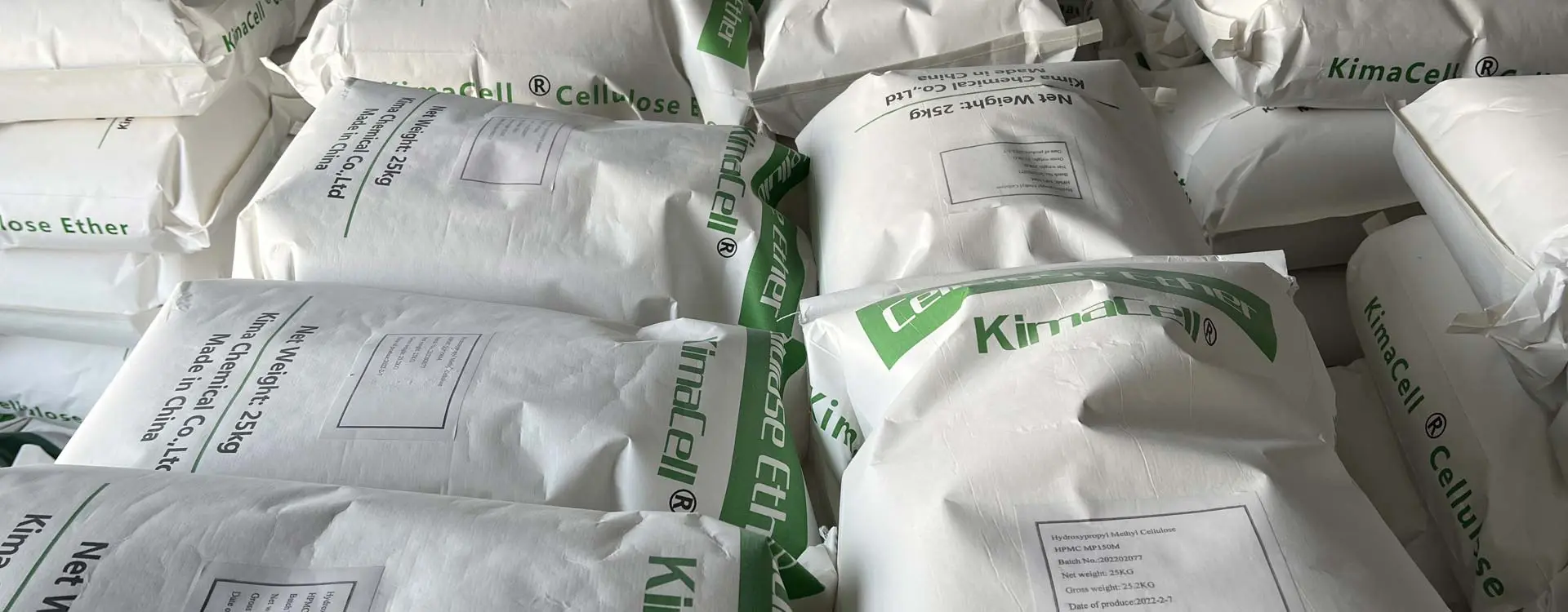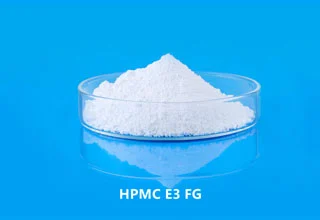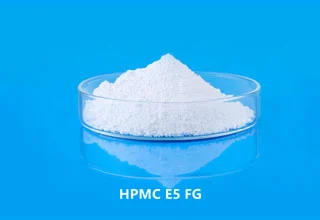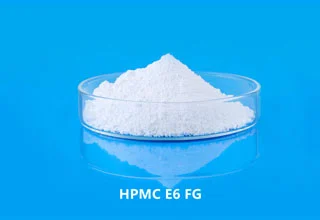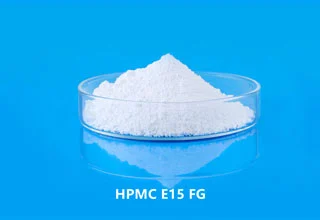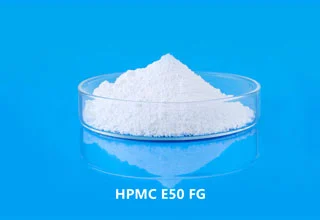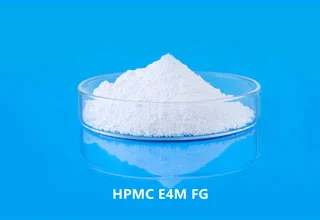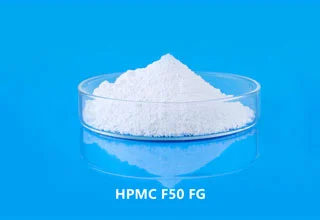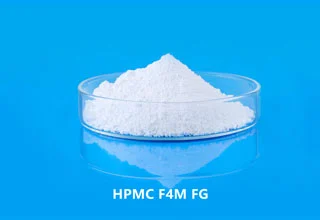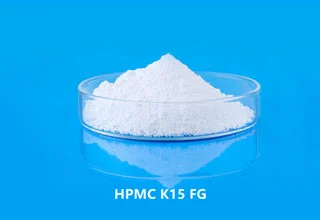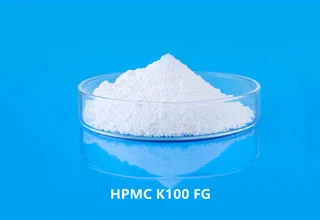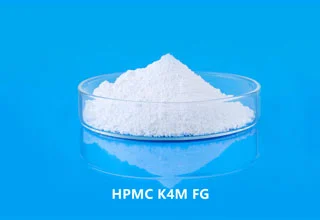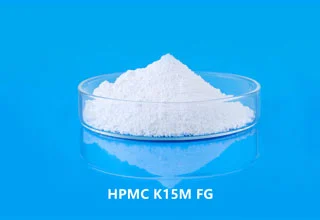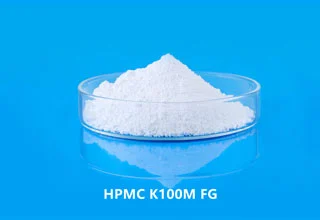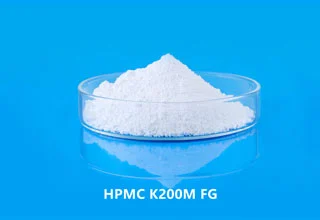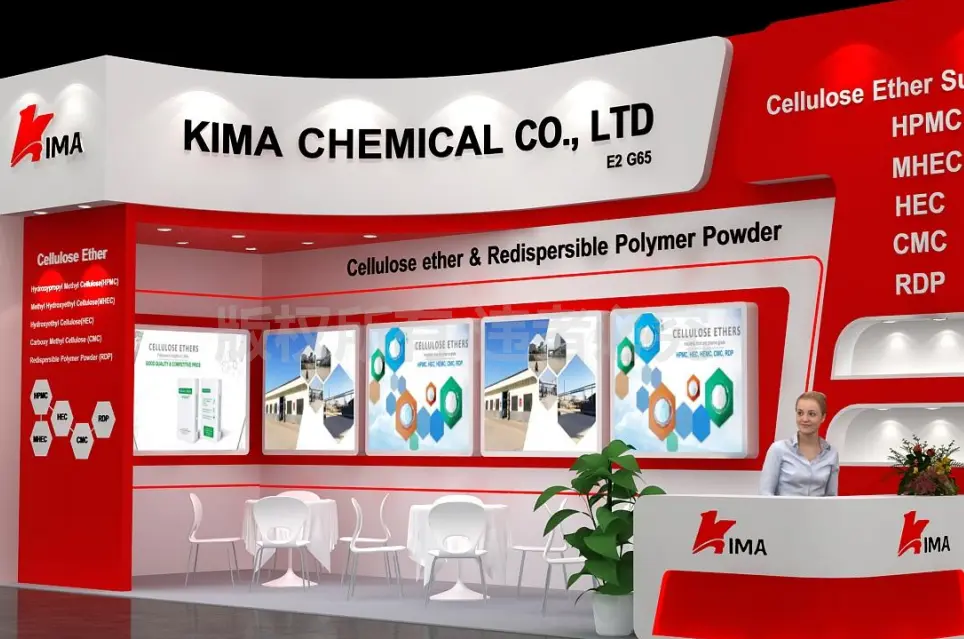Here are some of the main advantages of using HPMC ( 9004 65 3 ) in food:
Texture and mouthfeel:
HPMC can be used to create a wide range of textures in food products, from thin liquids to thick gels and pastes. It can also be used to improve the mouthfeel of foods, making them smoother and creamier.
Stability:
HPMC is an effective stabilizer that helps to prevent ingredients from separating or settling out over time. This can improve the overall appearance and quality of food products and extend their shelf life.
Reduced fat and calories:
HPMC can be used to replace high-fat or high-calorie ingredients in food products, such as cream or butter. This can help to reduce the overall fat and calorie content of the product without sacrificing texture or flavor.
Clean label:
HPMC is a naturally derived ingredient that is considered safe for human consumption. It can be used as an alternative to synthetic ingredients, which can help food manufacturers create products with a cleaner label.
Compatibility:
HPMC is compatible with a wide range of other food ingredients and can be used in a variety of processing conditions, including high temperatures and acidic or alkaline environments. This makes it a versatile ingredient that can be used in many different types of food products.
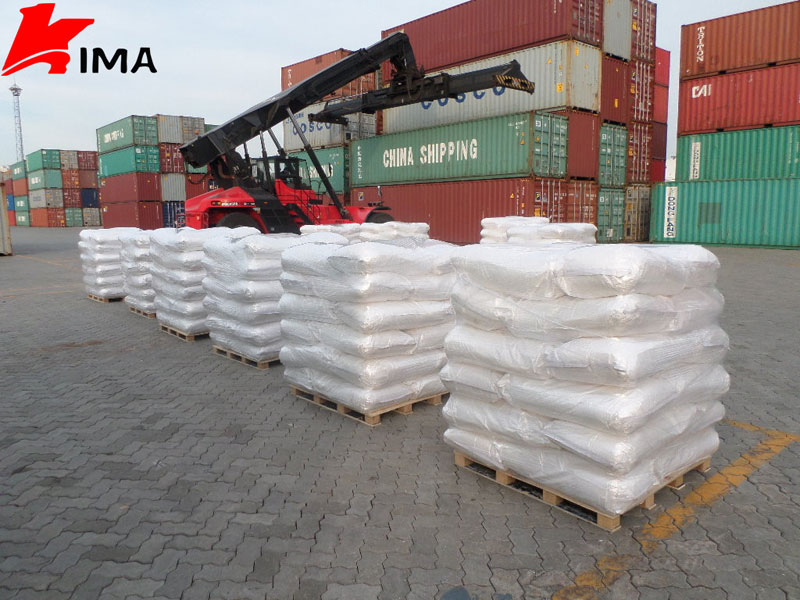
 English
English 日本語
日本語 français
français Deutsch
Deutsch Español
Español italiano
italiano русский
русский português
português العربية
العربية Türkçe
Türkçe Nederland
Nederland
